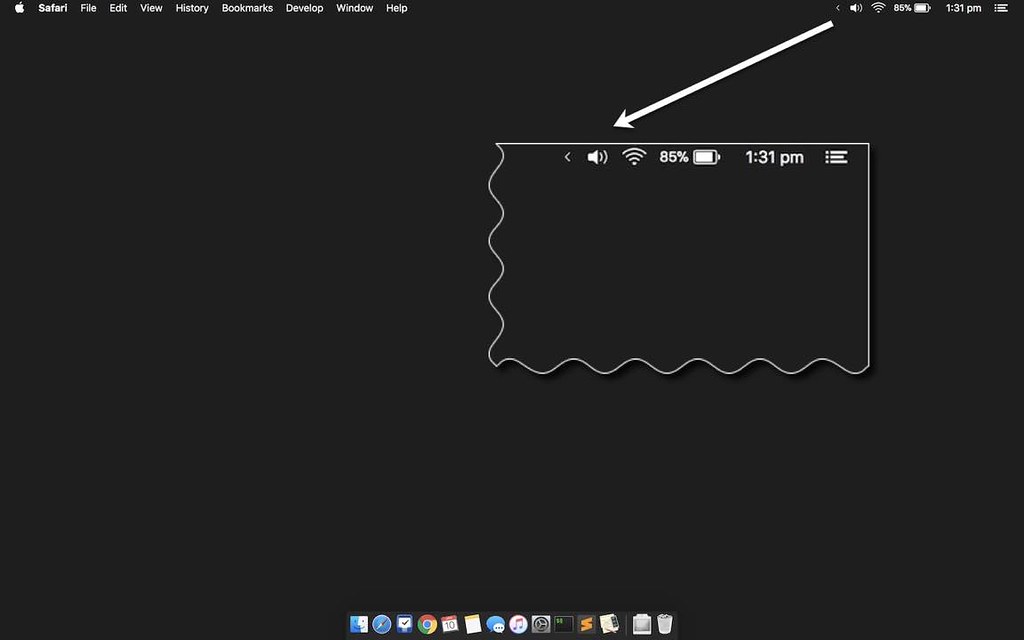

Download NanotechnologyDevWorld.doc from. (I’ve got Word, but it can’t handle RTFD, while Pages does a great job.)Įxample: Conversion of a reference in my DT Pro database to Word, using Pages as the intermediary.
DEVONTHINK PRO NMAC KED PDF
For final output, depending on the project and purpose, I may use NoteTaker for PDF or HTML output, Create for fancier layouts, or Pages for transforming output to MS Word, including images, hyperlinks and bookmark links, header styles, footnotes and headers and footers. But RTFD isn’t a cross-platform file format for final output. I like the RTFD format, which lets one use rich text including hyperlinks, lists and graphics. I try to stick to those fields as much as possible. Third, my database has grown to the point that it is much harder to ‘contaminate’ than I had imagined.įourth, while I’m a rank amateur in many of the scientific and technical fields that I cover through an overall interest in science and environmental policy, there are some fields in which I’m as much an authority as the next guy, and probably better than some. DT/DT Pro makes a great research assistant. There’s an old Tom Lehrer song with a great line: “Don’t forget why the good Lord gave you eyes, so plagiarize, plagiarize, plagiarize.” No, I don’t want to plagiarize, but I want to look for ideas and approaches to a topic.

This really works for me, especially if I’ve hit a bit of a writer’s block. It’s convenient to select the section or paragraph, clip as a temporary new document and press See Also or Word, exploring for ideas. Perhaps I’m editing a section or paragraph and want to try a fresh approach. Second, I’ve found it more and more useful to be able to use the tools of DT Pro directly in my writing environment.

I didn’t want my drafts to ‘contaminate’ what I started out thinking of as the ‘authoritative’ nature of my database references – especially for purposes of classification and analysis of information.įirst, the writing tools have gotten steadily better in DEVONthink over time, so that I now find it a comfortable writing vehicle. I used to do my drafting outside of DT, and only imported finished projects into my database. Of course, Boswell may only make sense if you have plenty of money and haven’t already invested in CP Notebook, VoodooPad, StickyBrain, Ulysses, and all the others. In use, it may actually be easier to have one tool for reference and one tool to write. But taking the ATPM tack, it may be worthy of consideration as something to use alongside DT. Especially when you consider the price, that strikes me as rather fanciful. Interestingly, though, while the review discussed keeping one’s own writing in Boswell (meaning one could then use DT as the store for others’ writing and one’s own completed documents), I think the Boswell website talks about storing all kinds of snippets, suggesting that the Boswell people think they’re serious competitors to DT. I don’t have time to check the Boswell review again, but I believe the maximum document size issue was addressed well enough to convince at least me that it wasn’t an issue. But I’m curious: does anyone believe that using DT as a writer’s tool is inadvisable, or even a misunderstanding of the nature of the tool?
DEVONTHINK PRO NMAC KED SOFTWARE
I’ve now come to the conclusion that a new piece of software is the last thing I need, and have pretty much decided to move as much of my research-related workflow as possible into DT. I thought it could replace MacJournal/a blog/a chronologically arranged Mellel document, as the tool to store all my writing. It was with this principle in mind that I seriously considered buying Boswell a couple of weeks ago, after seeing a favourable review in About This Particular Macintosh. A few years ago, I remember someone (I think it was Bill DeVille apologies if I’m wrong) explaining that it wasn’t good to have writing in progress cluttering up the DT database, because DT’s searching and cataloging functions would be messed up that way.


 0 kommentar(er)
0 kommentar(er)
